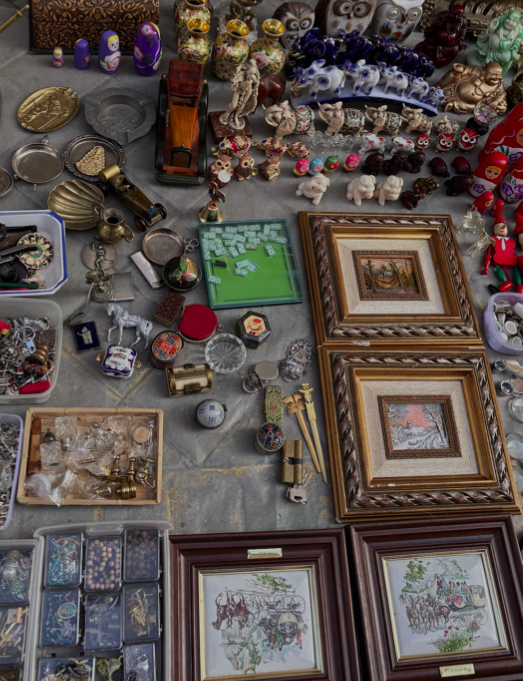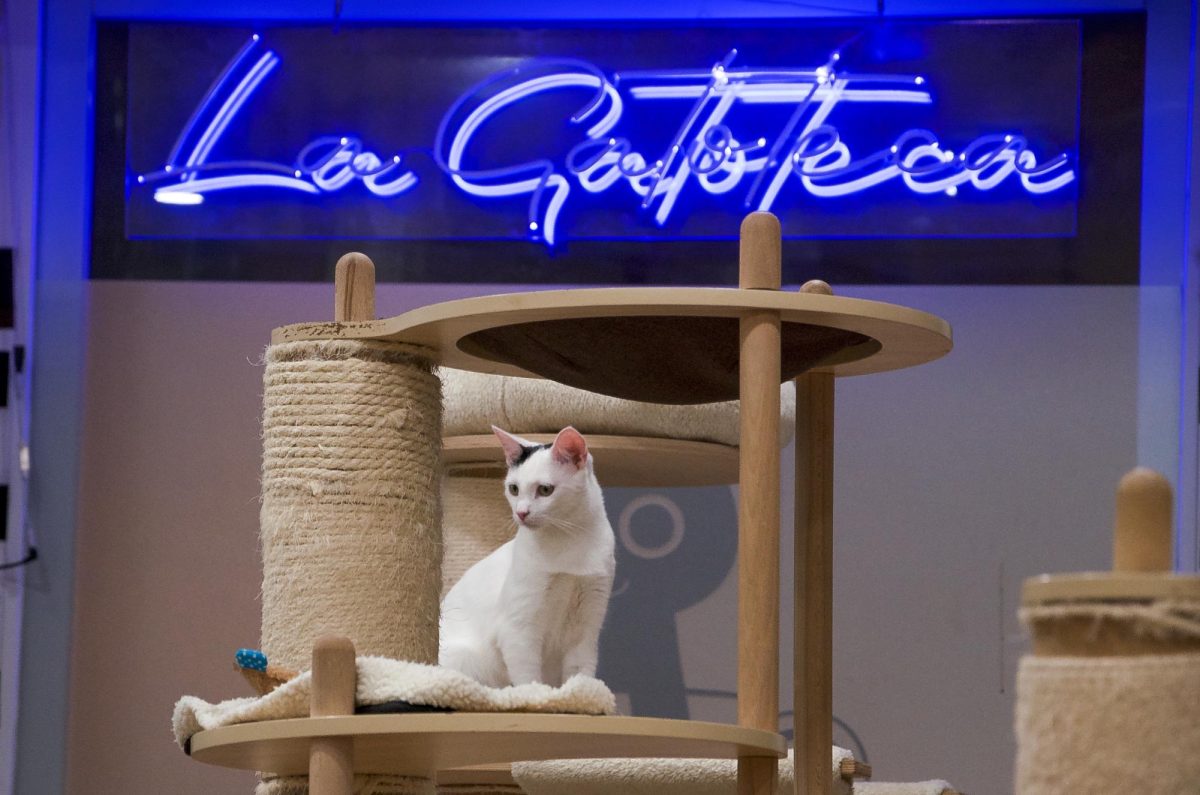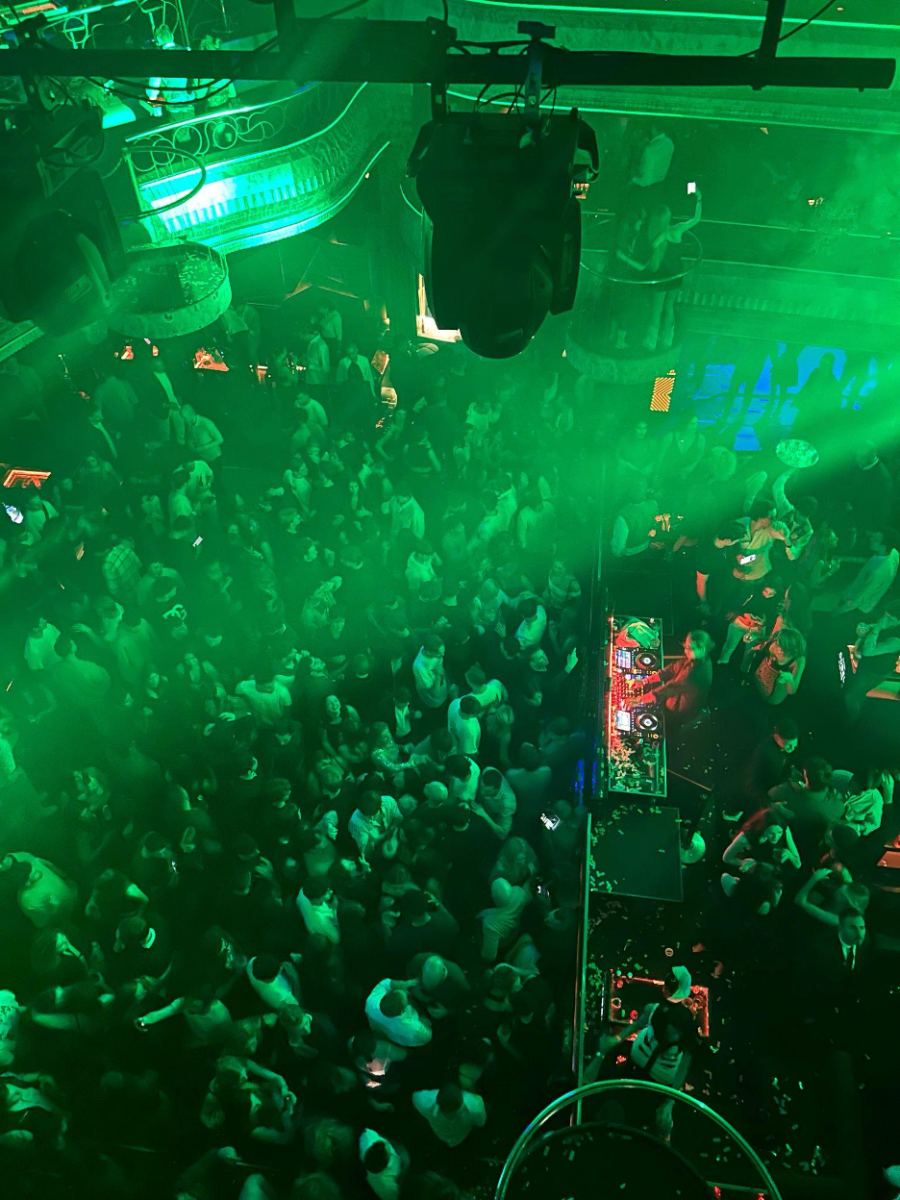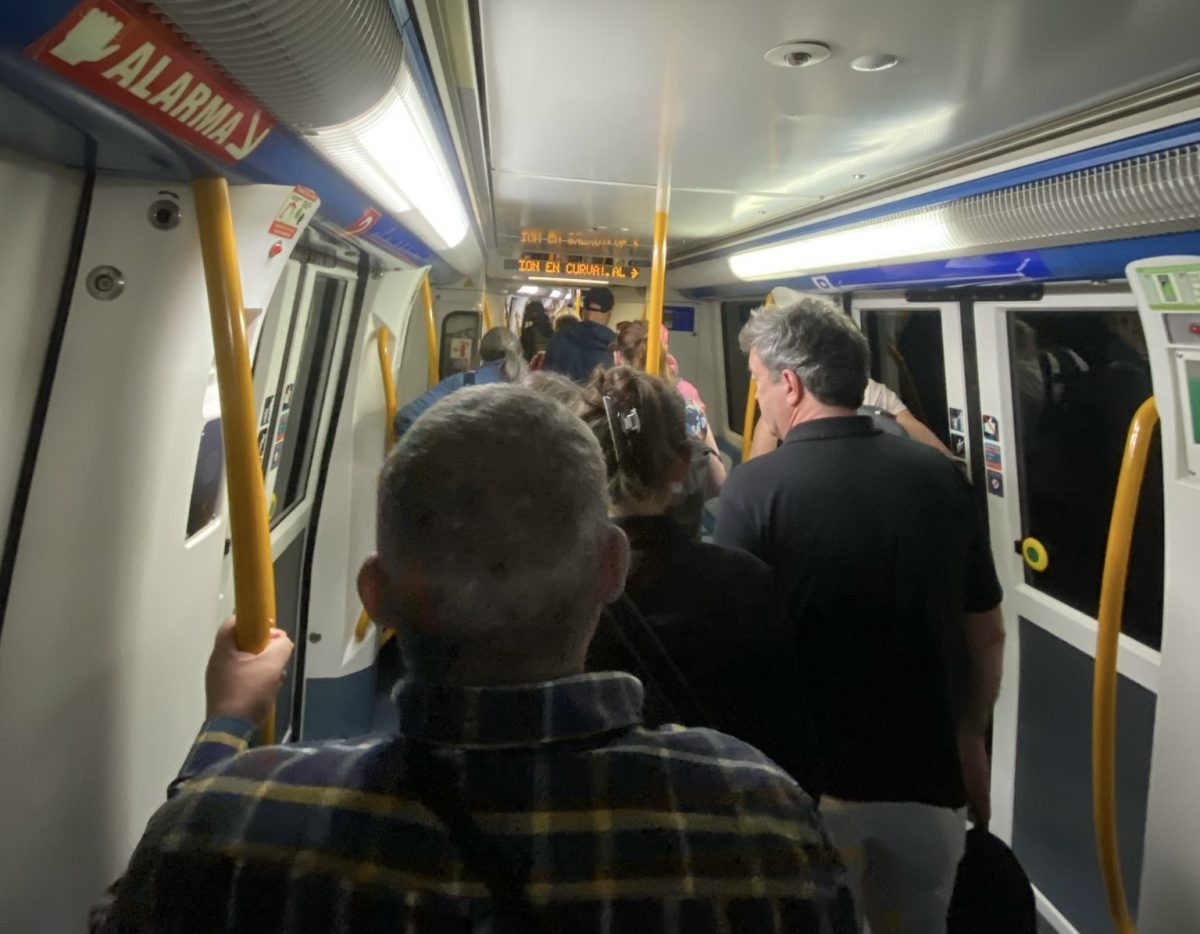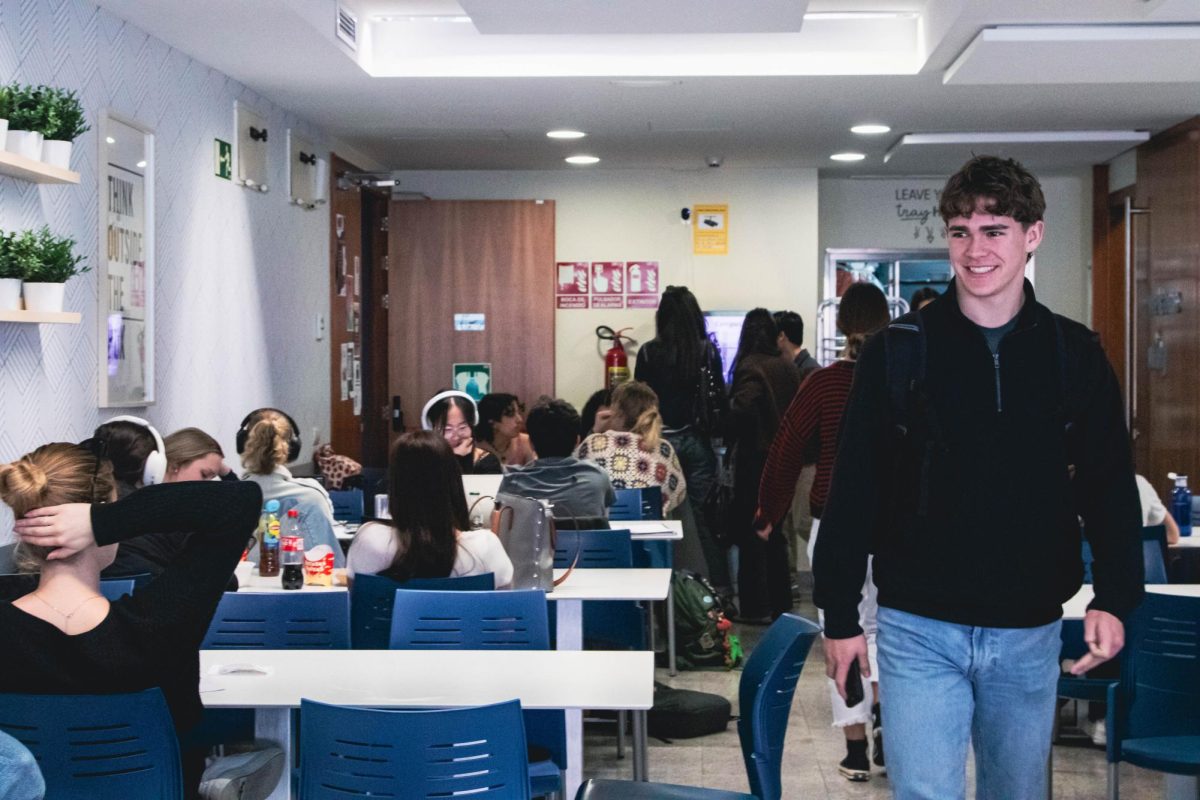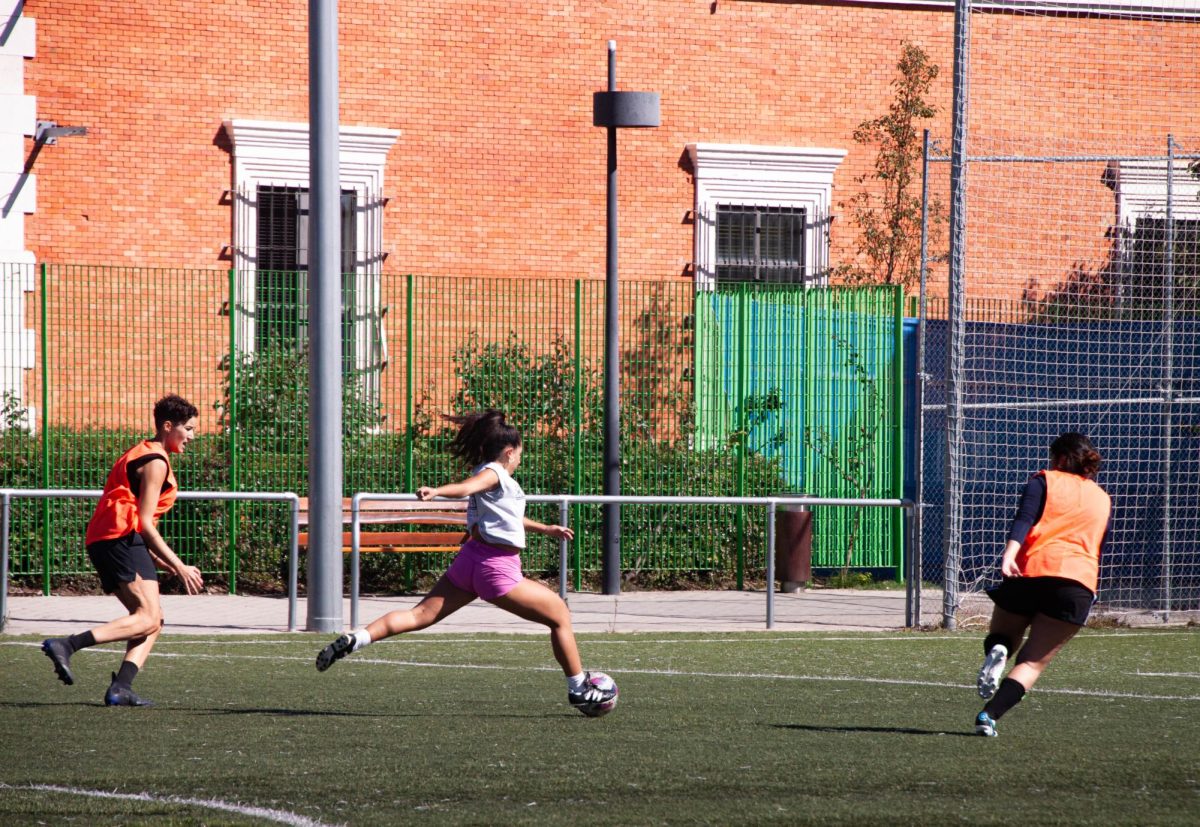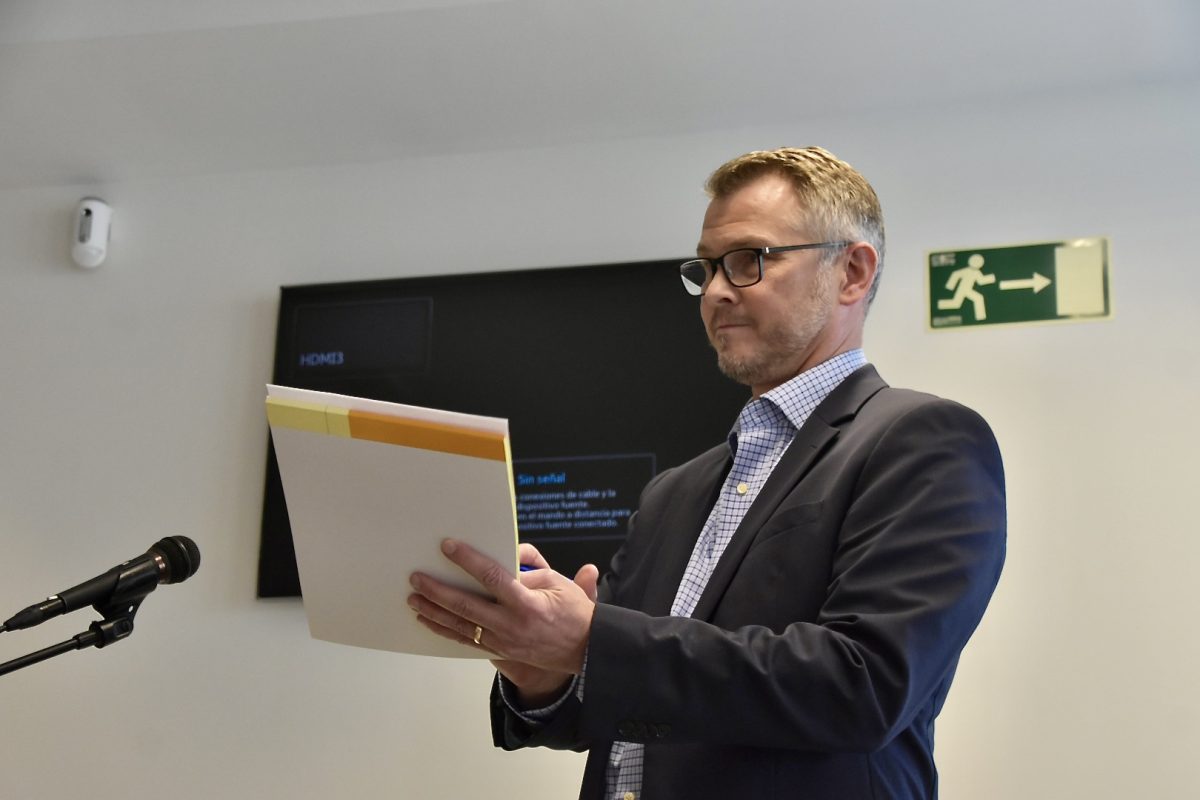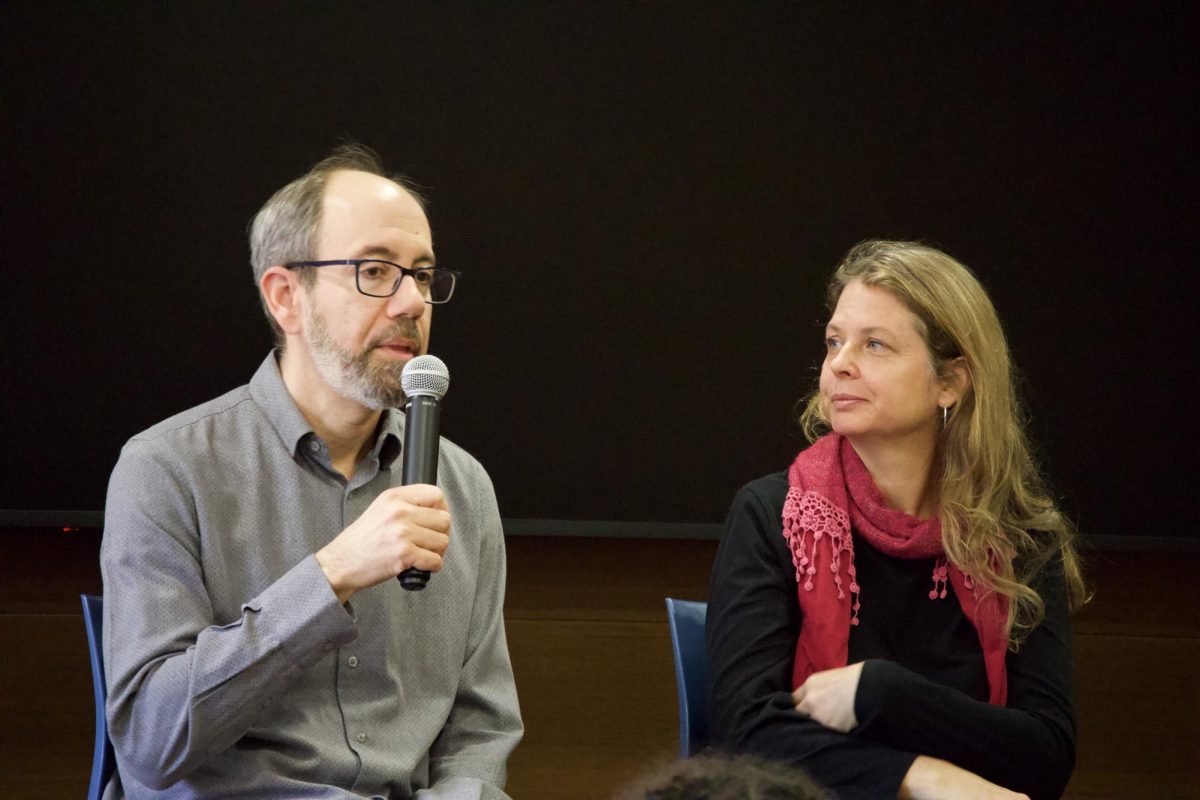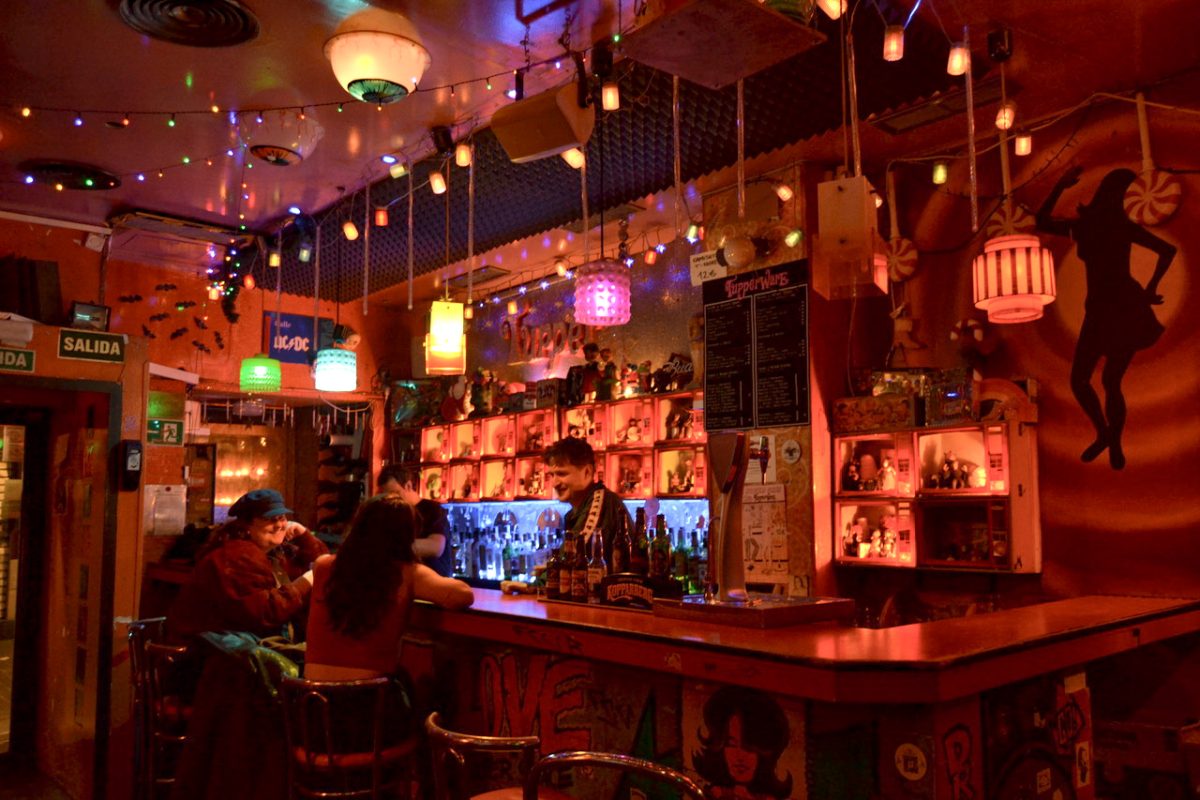“30 euros.”
“40 and you have a deal.”
The customer and vendor shake hands, exchanging bills for a gold-faced watch with emeralds decorating the band. As José García, a 63-year-old vendor at the El Rastro flea market, makes what seems to be his hundredth sale that day, passing customers run their fingers along the beautifully chaotic mix of vintage furniture, old records and second-hand clothing. His grandfather sold antiques in El Rastro, and he followed suit.
“I have been here since I was a kid, watching my grandfather sell, helping out when I could,” García said. “This market is part of my life, but it is not the same as it used to be.”
Located in Madrid’s La Latina district, El Rastro operates every Sunday and public holiday, drawing a mix of 100,000 visitors to the streets of Plaza de Cascorro through Ribera de Curtidores and adjacent areas, according to Rastro Madrid. Established in the 15th century, the market has long been a gathering place for the city’s working-class residents, packed with over 3,500 stalls offering a spectrum of products ranging from fine china to used cameras and antique furniture.
However, as gentrification reshapes the surrounding neighborhoods and digital commerce platforms like Wallapop and eBay attract more users to buy and sell second-hand goods digitally, vendors like Garcia are caught in a tug-of-war between preserving El Rastro’s traditional charm and adapting to modern demand. Vendors are feeling the pressure to maintain a physical presence while also adapting to the convenience of online sales. Once filled with antique furniture, vinyl records and rare collectibles, the market’s center aisles now showcase racks of bohemian-print skirts, graphic t-shirts with cheeky slogans such as “I ♥ Madrid” and stands overflowing with colorful beaded jewelry. Vendors prop up displays of mass-produced magnets and postcards of Plaza Mayor, catering more to tourists looking for quick souvenirs than to locals hunting for one-of-a-kind finds.
“I used to rely on regular customers from the neighborhood—people who knew me, knew my products,” Garcia said. “Now, the ones coming here are more interested in taking photos than in buying anything. The attraction goes up, but the connection goes down. It’s frustrating.”
For decades, García characterized El Rastro as a community hub for locals—an informal gathering space where stories were exchanged, deals were made and connections were forged. But vendors like García say the market’s character has shifted.
“It used to be mostly madrileños,” García said. “People came because they needed things—furniture, clothes, old books. Now, it’s more tourists than locals.”
García isn’t the only one who has noticed the shift. Regular visitors have also felt the change in the market’s atmosphere.
“When I was a kid, El Rastro was loud, chaotic and full of personality,” Miguel Ángel, a 22 year-old Madrid native who has been coming to the market since childhood, said. “You’d hear vendors shouting out deals, see people haggling over old radios or stacks of Spanish magazines from the ‘60s. It wasn’t just about shopping—it was an event. People came to find something unexpected, to trade stories with vendors who had been there for decades. Now, it feels more transactional. It used to be about discovery—now it’s about convenience.”
According to Madrid’s tourism board, El Rastro is now one of the city’s top weekend attractions, drawing tens of thousands of visitors every Sunday. In fact, when
Economics professor at Saint Louis University and self-proclaimed flea market connoisseur Bethlem Boronat first moved to Madrid, El Rastro was at the top of her bucket list.
“The first thing I wanted to do was go to El Rastro, because we all have this idea of being one of the spots you must visit to understand what Madrid is,” Boronat said. “But the first time I went there, I just walked through the central lane. That is not El Rastro, that it’s just for tourists, and it’s kind of like any other flea market in any other city in Spain.”
Since then, Boronat has mastered the local El Rastro experience, making it a Sunday ritual she has clung to for the past 20 years.
“The typical way to enjoy El Rastro is that you go on partying out Saturday, you don’t go to bed, you have your breakfast in El Rastro and as you’re still with a hangover, you buy things that you shouldn’t buy,” Boronat said. “That’s the magic of it.”
Having observed El Rastro evolve over two decades, Boronat acknowledges how the changes in the market mirror a broader trend in cities worldwide, including major hubs like Paris and Rome.
“I hate gentrification as a fact, because I think that you lose the feeling of the city,” Boronat said. “You go to any European city center and you see the same shops and same bars, because there are so many franchises. I want to see Paris and I want to see Rome. I don’t want to see a second version of Paris and Rome; I want to see the real thing.”
El Rastro has not been immune to these changes. The market still retains its character in the side streets, but the main lane has increasingly been taken over by tacky shot glasses and flimsy keychains—quick souvenirs for tourists who just need proof of their trip.
“In the center lane, things have changed, and there are so many souvenirs there,” Boronat said. “You’re not buying real things, you’re buying tourist trinkets and fakes.”
This shift has also affected long-standing businesses like Tienda Hípica El Valenciano, a leather goods store that has been part of El Rastro for over 130 years. Specializing in handcrafted equestrian equipment and traditional botas de vino, the shop represents the market’s artisanal roots. In fact, the Madrid Department of Commerce reports that Casa El Valenciano is one of the last traditional leather shops in El Rastro. With handcrafted saddles and riding boots typically ranging from €200 to €600, the shop sources its leather both locally and internationally, ensuring high-quality products.
“Before, locals would come for a good leather bag or a wine bota that would last years. Now, we have to compete with cheap, factory-made products from souvenir shops,” said Román López, owner of Tienda Hípica El Valenciano. “It’s hard to keep tradition alive when people are looking for the fastest and cheapest option.”
For some, like Andrea Lenovo, owner of Neare Clothing, a vintage clothing shop in Malasaña, these market changes have been positive. The influx of tourists has opened new doors. Her items—vintage fashion from the 90s and 2000s—have found a broader audience, and the increased foot traffic has boosted her sales.
“I think El Rastro is becoming more global, and that’s a good thing,” Lenovo said. “People from all over the world come to shop, and yes, there are more tourists, but it means more exposure. So for me, it’s not a problem, because people can make a better living off of something that is on trend right now.”
While the market’s global reach is a boon for her business, she acknowledges that the evolving nature of El Rastro isn’t without its challenges.
“I love the old-school feel of the market, but I can’t deny that the digital world is here to stay,” Lenovo said. “Vendors are having to adapt—some are blending their physical stalls with
digital sales, but it’s a tricky balance, especially for those who are not as accustomed to navigating digital commerce.”
For some vendors, the shift to e-commerce isn’t just an adjustment—it’s an escape. According to Ángel, many longtime sellers have found it more profitable to move their businesses entirely online.
“I know people who gave up their stalls because they could make more money selling from home,” Ángel said. “In some people’s eyes, why pay for a spot here when you can list the same things on eBay and reach more buyers without the hassle?”
This shift is apparent to customers like Mariana Martínez, who have been attending El Rastro since childhood.
“Online shopping removes the experience of physically connecting with the product and the seller, something that has always been at the heart of flea markets,” Martinez said. “When I was younger, it was about connecting with the vendors, getting to know the stories behind the items. Now, so many of the sellers are just pushing products online. It’s become more of a business than a community.”
In fact, Boronat recalls an unforgettable experience at El Rastro when she bought a hat that dated back to the 1920’s.
“I loved that I got to take home a part of history,” Boronat said. “The guy that was serving me was dressed as a soldier, as a Cossack, and it was amazing, because he was in his role of taking you to another time. That’s the magic of this kind of market that digital commerce can never compare to.”
While El Rastro is undoubtedly changing, its value remains clear to many, including the tourists who flock to the market every Sunday. Alana Nardone, a 21-year-old American student
studying abroad at Saint Louis University Madrid, describes her regular Sunday visits to the market as a key part of her Madrid experience.
“Every Sunday I go to El Rastro, I’m amazed by the variety of things—old records, quirky art, vintage clothing,” Nardone said. “You never know what you’ll find, and that makes it special. It’s definitely one of my favorite parts of the city.”
Despite the shifting landscape of El Rastro, longtime vendors like García remain committed to preserving the market’s essence. For him, it’s not just about selling antiques—it’s about the relationships built over years of bargaining, storytelling, and shared traditions. As the market becomes more commercialized and digital sales rise, he worries that something deeper is at stake.
“El Rastro isn’t just a place to shop, It’s a place to connect,” Garcia said. “But if we lose that connection, we’ll lose what makes this place truly special.”
